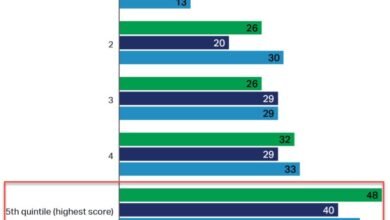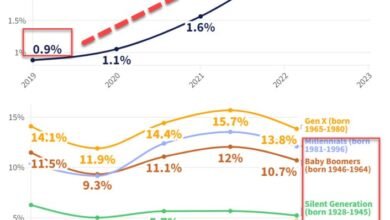
- Industry 4.0 technologies let manufacturers integrate top-down performance management and bottom-up problem solving into business-as-usual routines—without replacing their current systems. The result? A virtuous cycle of improvement
Source | www.mckinsey.com | Howard Heppelmann
For the past several years, manufacturers around the world have begun devoting substantial resources to join the Fourth Industrial Revolution (4IR). Industry leaders are starting to see transformational impact not just in individual assets, production lines, or sites, but across the entire end-to-end value chain. They’re now looking to build on their leads.
Sustaining these gains, however, will require most manufacturers—even ones famed for operational excellence—to overcome longstanding barriers within their organizations, whether between vertical layers of hierarchy or between horizontal silos of data. For example, few companies today can translate their operational performance into financial terms, except in rudimentary, backward-looking ways. If a supply-chain interruption forces a few factory lines to shut down for several days, the effects will show up in periodic reports weeks (or even months) later, far too late to aid decision-making.
Only at the most advanced organizations do managers have an integrated, real-time data picture so that when an interruption occurs, they can be reasonably confident in prioritizing their actions among production lines to minimize financial damage. And even fewer organizations can translate what frontline workers know about the problems in their lines into the data that senior leaders need to make strategic decisions that affect prioritization choices.
That’s the promise of enterprise-level digital performance management, which extends 4IR technologies to provide the entire operations organization, from senior leaders to thousands of frontline workers, with actionable insights that enable faster, more accurate decisions about financial and operational performance. The objective: a single system that supports not only the performance-management reporting cycles that the top team needs in reevaluating strategy, but also the agile problem-solving systems that frontline workers use to identify plant and network-wide constraints, perform root-cause analysis, and ensure corrective actions are taken on the most important opportunities.
To develop a perspective on the implications of this breakthrough for manufacturers across industries, McKinsey’s Mike Coxon, a partner in the Cleveland office, and Christian Johnson, a senior editor in Hong Kong, spoke with three executives at the manufacturing software provider PTC: Howard Heppelmann, divisional vice president and general manager for smart connected operations; Craig Melrose, executive vice president for digital transformation solutions; and James Zhang, vice president for market development. Their discussion has been edited for brevity and clarity.
McKinsey: Companies have been trying to link their operations with technology for years—decades, arguably—so that the front line and the front office could act on the same data and make better decisions. What is different now?
Howard Heppelmann: A big part of the difference is simply in what the technology can do to bridge gaps that previously looked insurmountable. Historically, information technology (IT) (which underlies business systems and finance departments) and operational technology (OT) (which powers manufacturing) were mostly separate. Now there are IT–OT convergence technologies that unify business systems and operational systems.
Also, the longstanding belief was that to get something new, you had to discard and replace something you already had. Given existing investments in factory infrastructure, there isn’t an appetite (or, in many cases, even a possibility) to rip out what’s there and replace it with a single system.
With modern Industry 4.0 technologies, there isn’t a need to. Instead, you build on what you already have—your “brownfield” production networks—combining disparate IT and OT data sources, then homogenizing and normalizing the data to generate digitally charged operational insights and transform processes.






